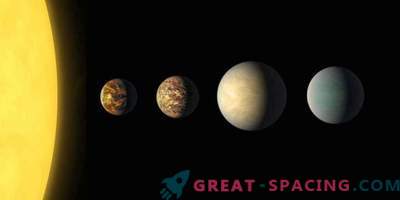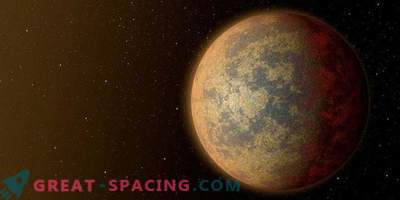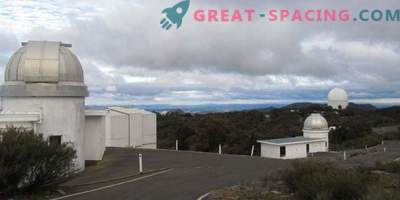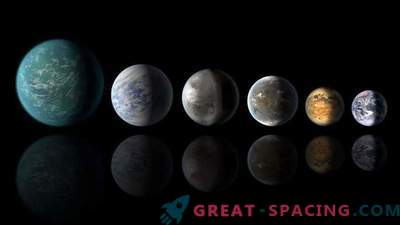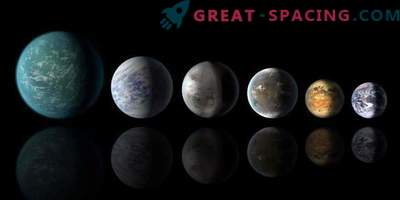
Artistic vision of TESS opposite a lava planet orbiting a host star
Since the discovery of the first exoplanet (51 Pegasus b), the number of worlds has increased dramatically thanks to the Kepler space telescope. Now the successful launch of the TESS satellite can revolutionize not only the number of foreign worlds found, but also the potential for new paths of scientific discovery.
In essence, TESS will provide a catalog of the best planets to observe, as well as record their atmosphere and obtain more detailed information about them. As a result, scientists want to use TESS to find the worlds most suitable for life.
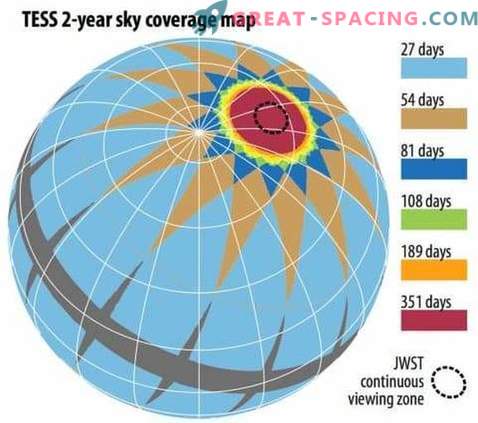
TESS examines the sky in a series of 13 observation segments, each of which spans 27 days. He will spend the first year on the southern ecliptic hemisphere, and the second on the northern one. Depending on the location in the sky, TESS will observe from 27 days to 351
Up to this point, researchers managed to find 3717 exoplanets in 2773 systems. TESS will rely on the fact that under its review will be 85% of the space, accommodating approximately 200,000 nearby stars. Therefore, the identification of 20,000 alien worlds is expected.
TESS will try to take the best from previous developments and try out the new scheme all over the sky. Many see the mission as the culminating stage of 20 years of hard work with the transit method.
The TESS team has pledged to find at least 50 worlds with a radius of 4 times the size of the earth and with comparable masses. In the best planets to observe, photons will be compared. The cameras are optimized for nearby bright stars, moreover, they are calibrated in the direction of small M-dwarfs, around which the easiest to find rocky planets. Settings also take into account orbits less than 13 days.
April 18 captured the Falcon 9 rocket from SpaceX with the satellite TESS on board. She started with the Air Force Cape Canaveral. The mission is headed by MIT, and it aims to search for worlds outside the solar system
60 days after commissioning, TESS will begin scientific operations and will transfer images to Earth every month. Scientists will generate calibrated pixels, light curves and other features to assess whether there is a relationship between the falling brightness of the star and the planet passing in front of it.
The TESS Observation Program Working Group will additionally investigate objects near stars for their planetary nature using ground-based and space telescopes, reconnaissance and accurate Doppler spectroscopy. For some planets, it will be possible to measure parameters like the orbit, mass, radius and density.
Additional data will indicate the orbital dynamics, including the planet-star system contact, mutual inclinations, satellites and tides, the composition and structure of the atmosphere. All these data can be derived through the study of spectra, emission, albedo, and phase functions.





